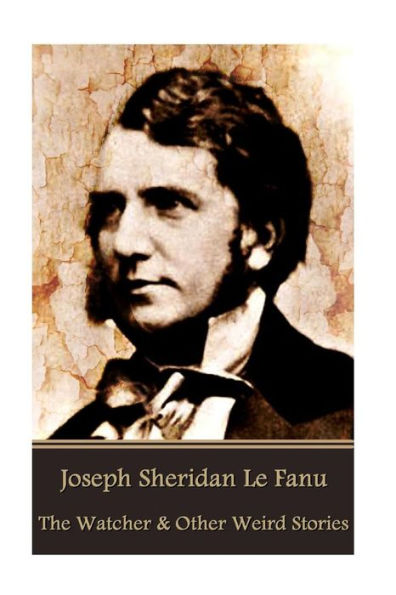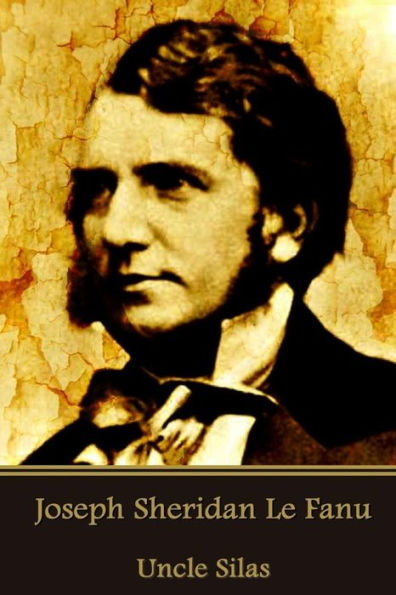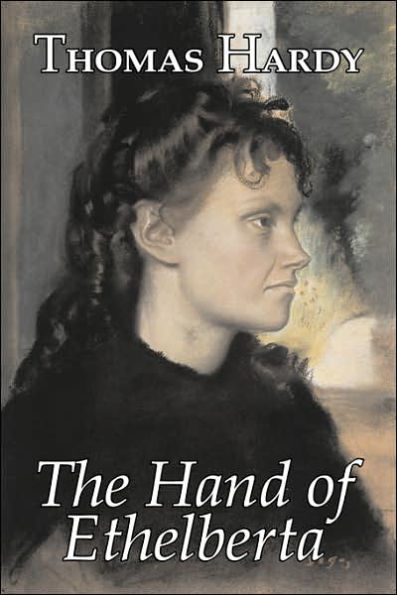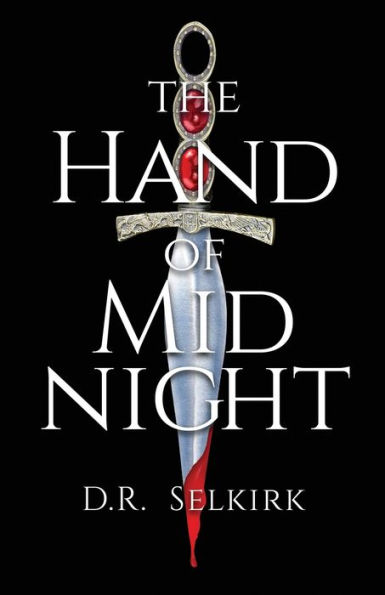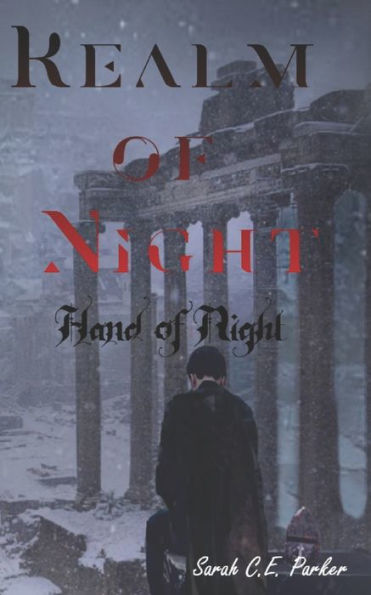Home
Wylder's Hand (1864). By: Sheridan Le Fanu: Novel


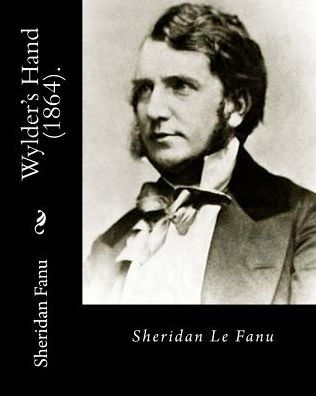
Wylder's Hand (1864). By: Sheridan Le Fanu: Novel
Current price: $16.75
Loading Inventory...
Size: OS
The Wylders and the Brandons share a history of intermarriage, bitter rivalry, villainy, and madness. The wedding of Mark Wylder to his rich and beautiful cousin, Dorcas Brandon, was to inaugurate a harmonious new era at Brandon Hallbut as the ceremony draws near, Mark disappears without trace, leaving Dorcas in shock, and the assembled family in a state of severe agitation. When Mark's letters arrive back at the Hall, postmarked from Europe, the sinister figure of Captain Stanley Lake emerges from the wings to claim Dorcas as his own. First published in 1864, Wylder's Hand was one of J. Sheridan Le Fanu's most popular novels, but has been largely neglected, until now. It is a nerve-jangling tale of jealousy and murder, for fans of the grisly and gripping. Joseph Thomas Sheridan Le Fanu ( 28 August 1814 - 7 February 1873) was an Irish writer of Gothic tales, mystery novels, and horror fiction. He was a leading ghost story writer of the nineteenth century and was central to the development of the genre in the Victorian era.M. R. James described Le Fanu as "absolutely in the first rank as a writer of ghost stories". Three of his best-known works are Uncle Silas, Carmilla, and The House by the Churchyard. Early life: Sheridan Le Fanu was born at 45 Lower Dominick Street, Dublin, into a literary family of Huguenot, Irish and English descent. He had an elder sister, Catherine Frances, and a younger brother, William Richard.His parents were Thomas Philip Le Fanu and Emma Lucretia Dobbin. Both his grandmother Alicia Sheridan Le Fanu and his great-uncle Richard Brinsley Sheridan were playwrights (his niece Rhoda Broughton would become a successful novelist), and his mother was also a writer, producing a biography of Charles Orpen. Within a year of his birth his family moved to the Royal Hibernian Military School in the Phoenix Park, where his father, a Church of Ireland clergyman, was appointed to the chaplaincy of the establishment. The Phoenix Park and the adjacent village and parish church of Chapelizod would appear in Le Fanu's later stories. In 1826 the family moved to Abington, County Limerick, where Le Fanu's father Thomas took up his second rectorship in Ireland. Although he had a tutor, who, according to his brother William, taught them nothing and was finally dismissed in disgrace, Le Fanu used his father's library to educate himself. By the age of fifteen, Joseph was writing poetry which he shared with his mother and siblings but never with his father. His father was a stern Protestant churchman and raised his family in an almost Calvinist tradition. In 1832 the disorders of the Tithe War (1831-36) affected the region. There were about six thousand Catholics in the parish of Abington, and only a few dozen members of the Church of Ireland. (In bad weather the Dean cancelled Sunday services because so few parishioners would attend.) However, the government compelled all farmers, including Catholics, to pay tithes for the upkeep of the Protestant church. The following year the family moved back temporarily to Dublin, to Williamstown Avenue in a southern suburb, where Thomas was to work on a Government commission.

